Deforestation explained
Everything you need to know about Australia's deforestation crisis.
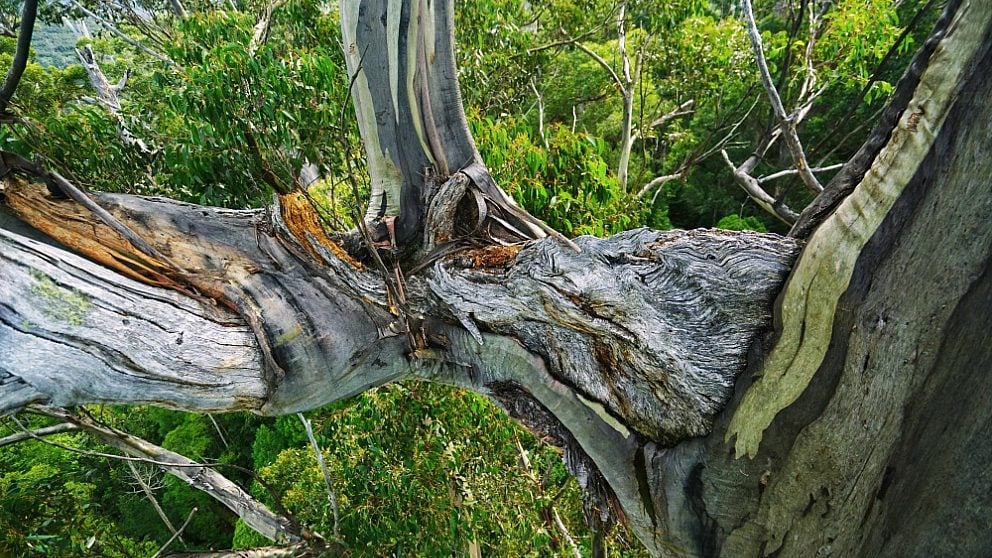
If you’ve ever been confused about carbon sequestration and why it matters—we’ve got the (simple) answers to all your questions!
Trees are one of the best carbon capture technologies in the world—and they’ve been doing it for a long, long time. Read on to find out how this process works, and why it’s so important that we protect Australia’s forests for our future.
Above photo: Billy Rowe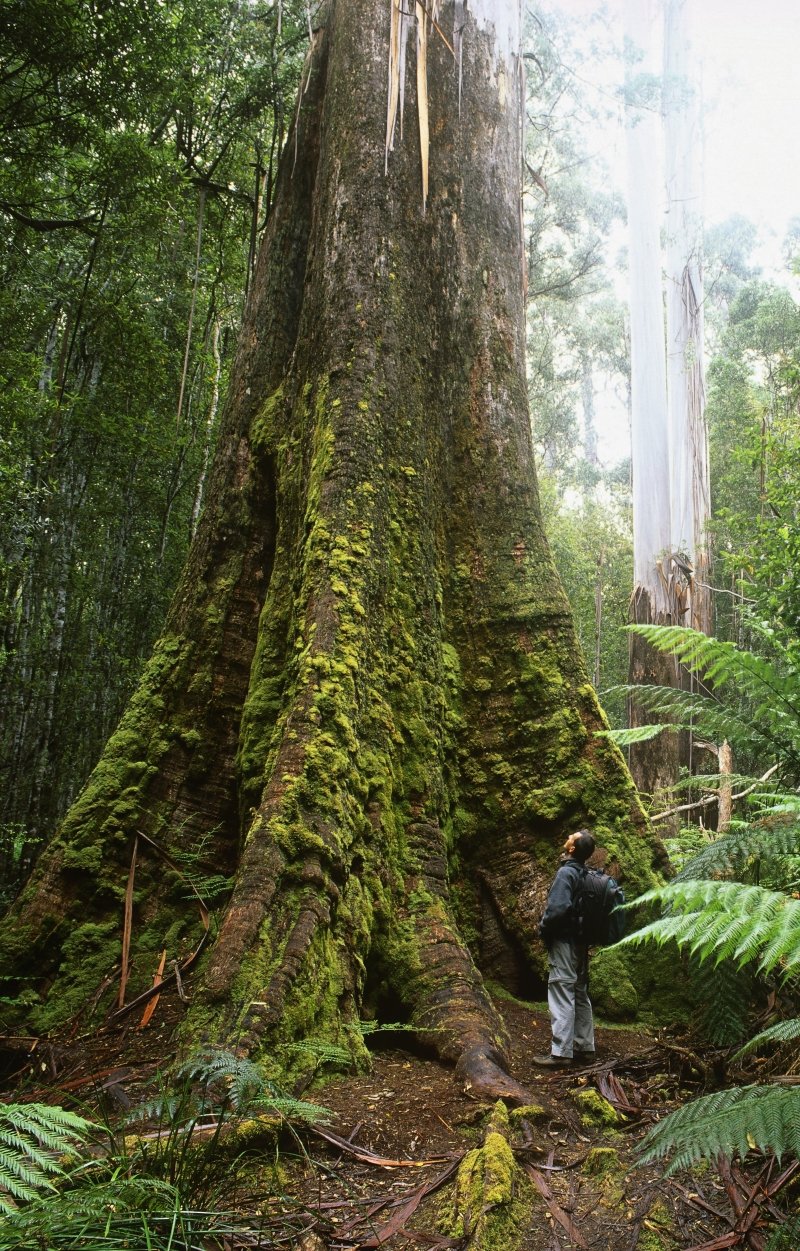
Carbon is a basic building block of life on Earth—a chemical element that can exist as both a solid and a gas. But too much carbon dioxide in the atmosphere can trap heat, making our climate hotter. Enter: forests.
Trees absorb this greenhouse gas, which they need to survive—removing it from the atmosphere and storing it within them. ‘Tree carbon’ or ‘forest carbon’ refers to the amount of carbon dioxide that a tree or forest is holding onto.
Everything you need to know about Australia's deforestation crisis.
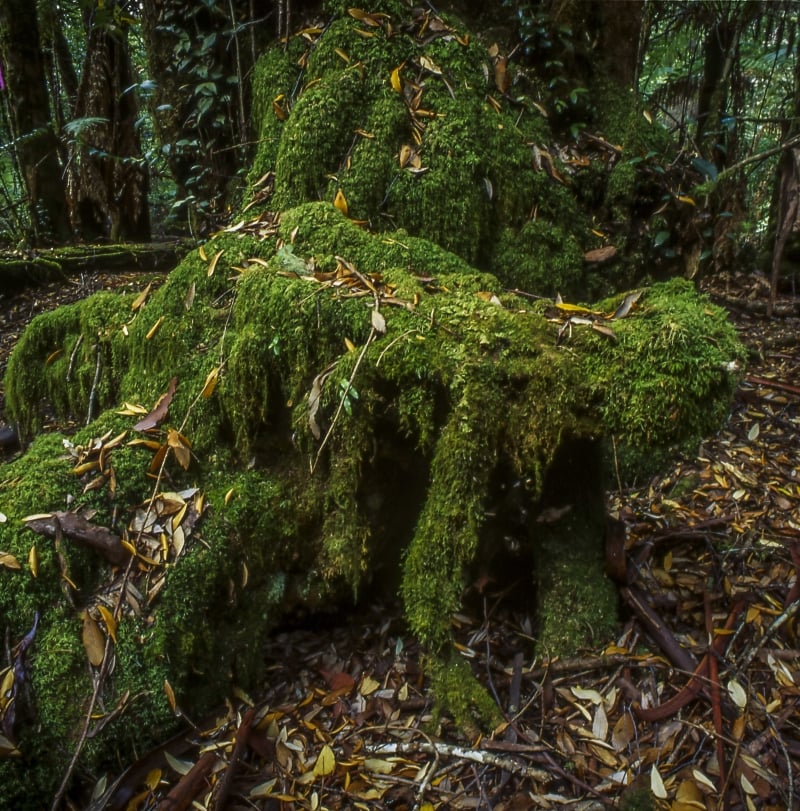

All forests are vitally important for combating climate change, and all forests are experts at carbon storage!
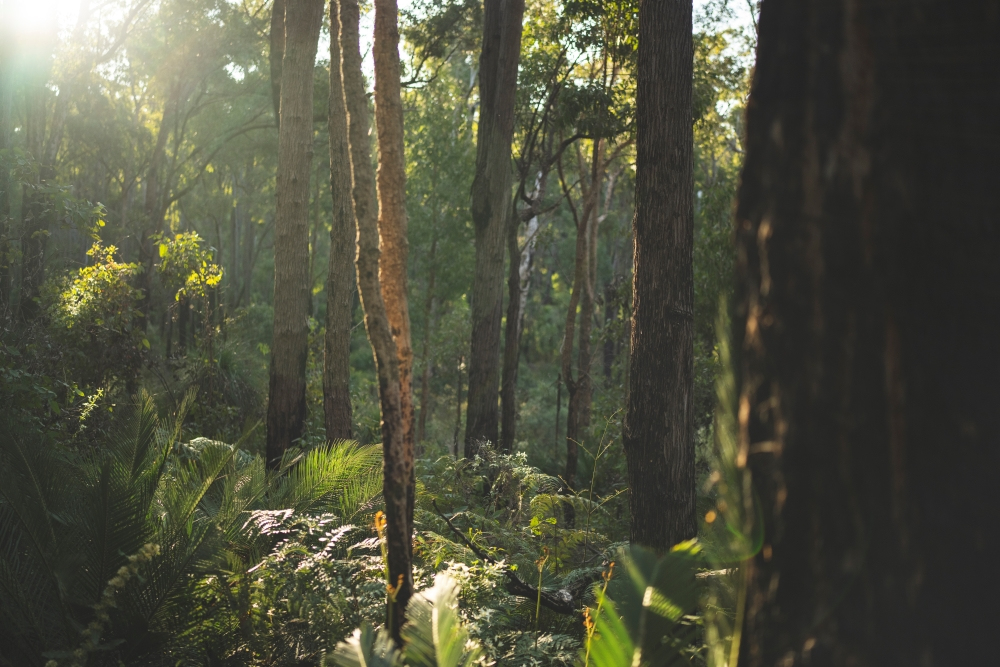
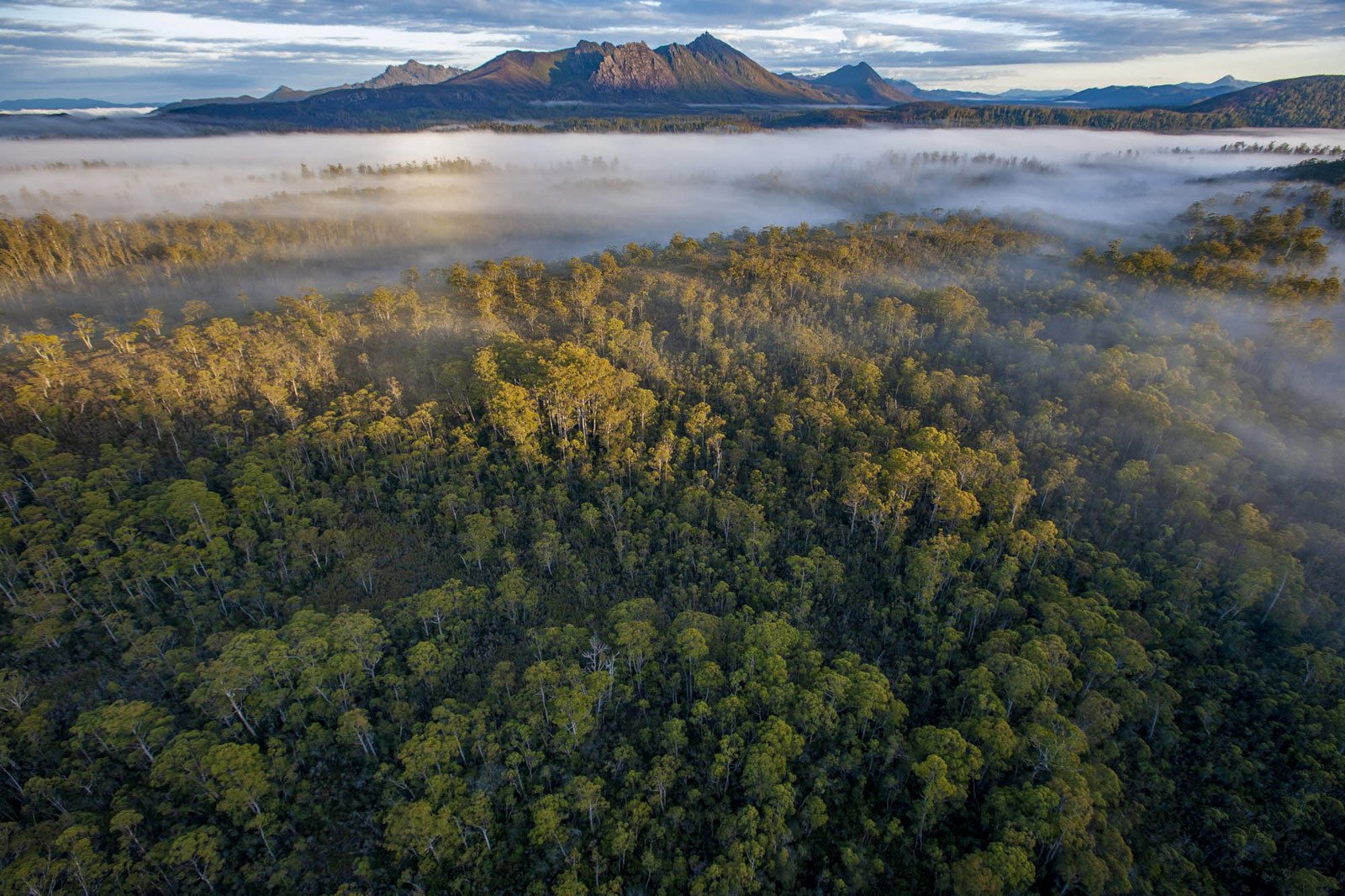
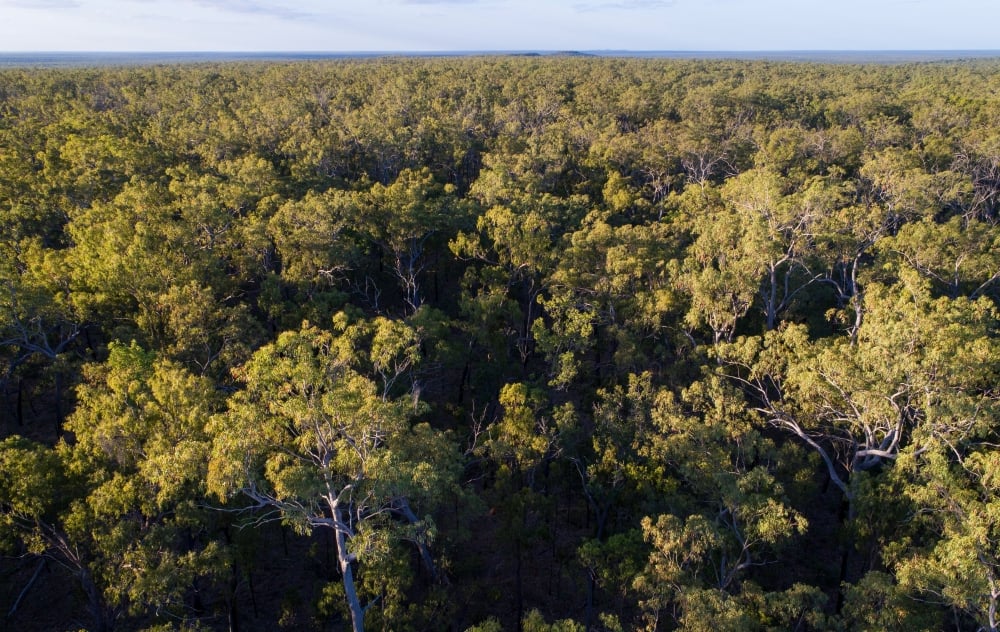
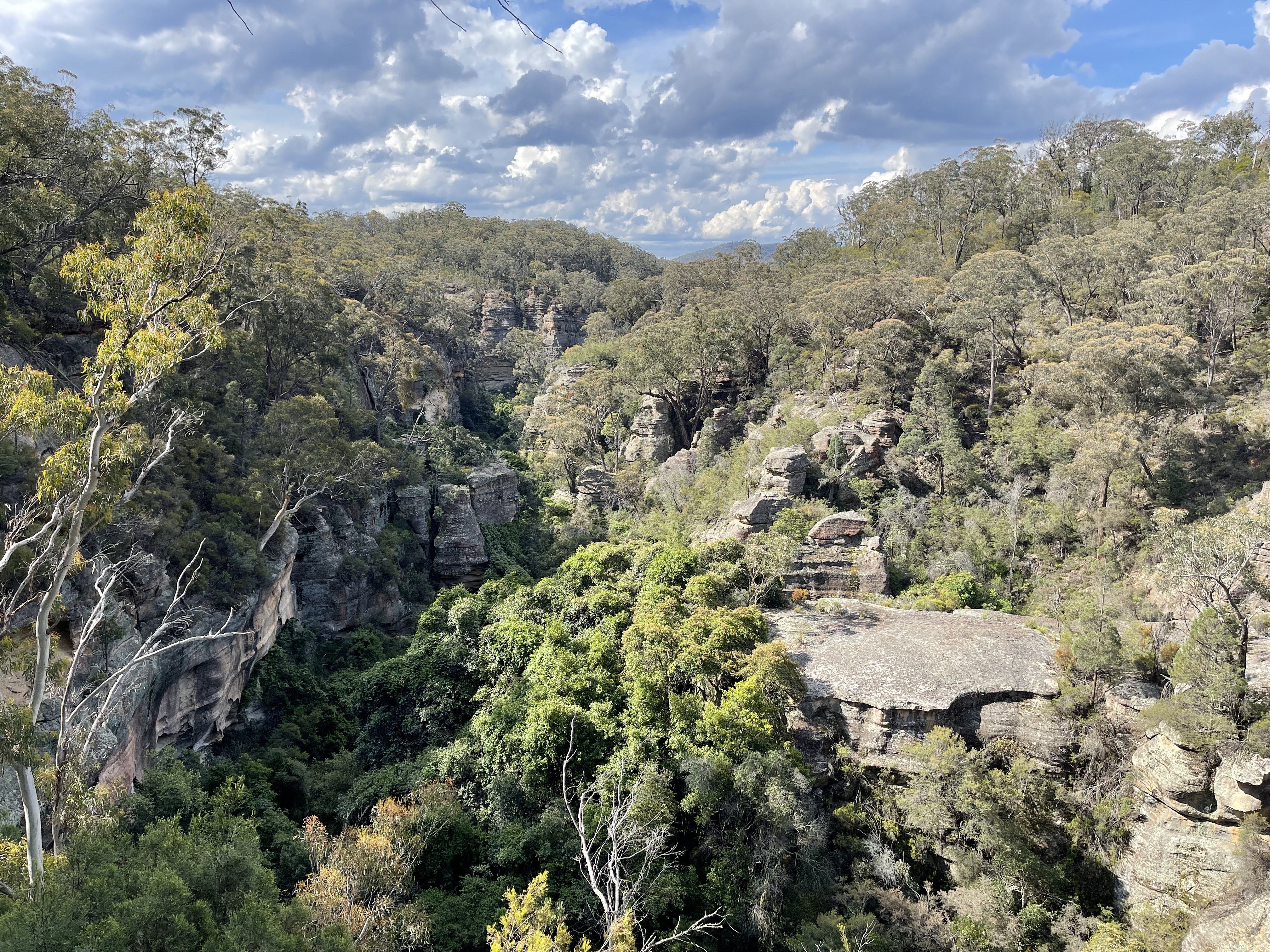

WA's Jarrah forests face multiple threats, including deforestation and mining for bauxite. (Photo: Lewis Burnett)
Lutruwita / Tasmania's ancient forests don't belong on the chopping block. (Photo: Rob Blakers)
Queensland's forests and bushland are bulldozed at alarming rates—mainly for beef production. (Photo: Wilderness Society)
Wollemi is rich in endemic species... as well as coal deposits. (Photo: Victoria Jack)
Victoria's tall forests—soon to be safe from logging, but still needing permanent protection. (Photo: Rob Blakers)

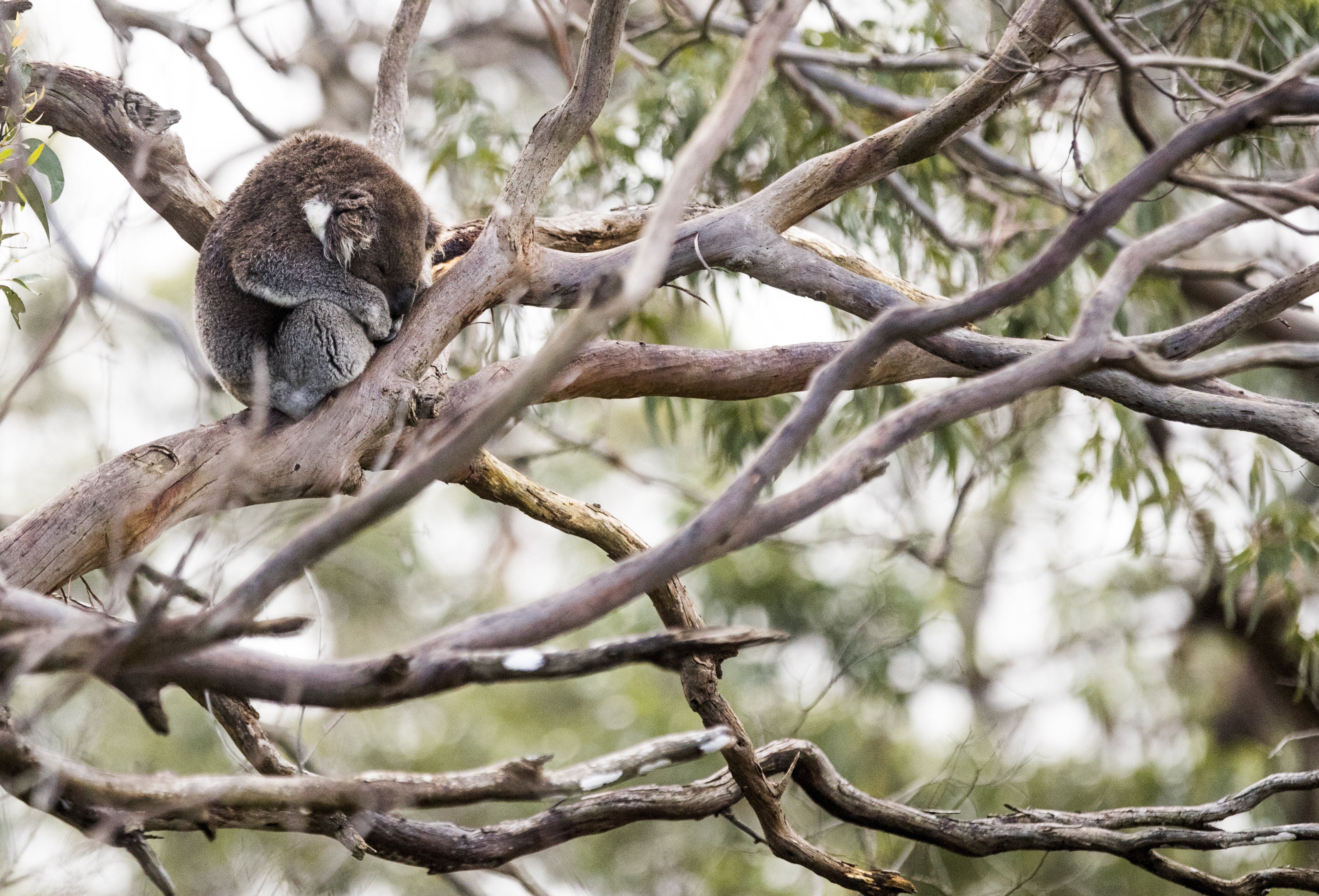
Right now, we’re:
advocating for the end of deforestation and land clearing
securing landscape restoration for Australia's unique forests and bushland
analysing the latest satellite imagery to expose deforestation as it happens using our web-based app, Watch on Nature
pushing for stronger state and federal laws to ensure forests are protected
highlighting the need for consistent, national environmental community rights—because when communities and First Nations groups have a fair say in decisions that affect the environment, there are better outcomes for nature and people
iconising Australia’s unique forest biodiversity and ecosystems, both here and overseas
References
Wired.com, ‘The Greatest Climate-Protecting Technology Ever Devised’ [article], 1 April 2020 https://www.wired.com/story/tr...
UC Davis, ‘What is Carbon Sequestration and How Does it Work?’ [article], September 20, 2019 https://clear.ucdavis.edu/expl...;
Pennsylvania State University, ‘How Forests Store Carbon’ [article], 24 September 2020, https://extension.psu.edu/how-...
Smithsonian Institute, ‘What is Photosynthesis’ [article], 12 April 2023 https://ssec.si.edu/stemvision...
National Geographic, Carbon Sources and Sinks [article] https://education.nationalgeog...
Victorian State Government Department of Land, Water and Planning, Valuing forest carbon [factsheet], 2019 https://www.delwp.vic.gov.au/_...
Queensland Government, State of the Environment report (Land use, land use change and forestry sector greenhouse gas emissions), 2020
https://www.stateoftheenvironm...
CO2 Australia, How Much Carbon Does A Tree Offset & Which Tree is Best? [article], 4 December 2013 https://www.co2australia.com.a...
Maryville University, 5 Benefits of Carbon Sequestration for Forests [article], https://online.maryville.edu/b...
The Tree Projects, Our Forest Carbon [website], https://www.thetreeprojects.co...